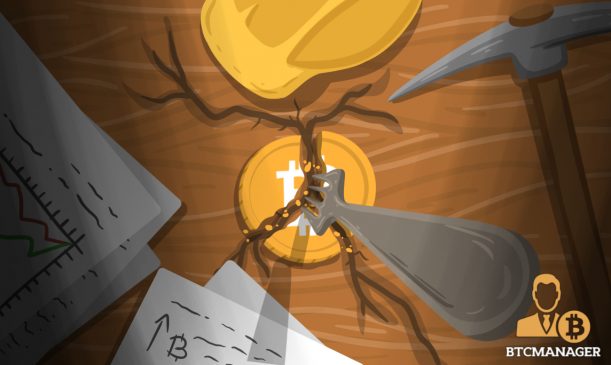Trading Decentralization for Usability?
Essentially, BCH and BSV have both chosen to scale on their layer one rather than using a network built on the main chain like Lightning. This model of scaling, while effective, poses fundamental flaws to the distribution of the network and potential for adoption. However, these networks have implemented solutions to mitigate these problems, with many more proposed reforms on the way.
The argument for centralization via big blocks comes from the belief that running a full node should be the only way to use Bitcoin. Some, like Luke Dashjr, have gone as far as to say that light wallets are a menace and the block size should be reduced. Others, like BSV, increased their block size limit to 200 GB.
This argument is mostly true as it cannot be contested that running a full node is the most secure method of running Bitcoin. However, BCH and BSV developers have put significant effort into making secure simple payment verification (SPV) wallets that eradicate some key flaws.
When it comes to fees, there is not much of a rebuttal for the big blockers. Over time, the mining reward from each block will slowly dwindle. At this point, the economic framework of Bitcoin was designed to allow miners to generate sufficient revenue through fees. If fees stay competitively low, as the block reward reduces, miners lose their incentive to scale up or even continue.
Bitcoin aims to eliminate this by creating a free market by limiting block space. BCH and BSV, while claiming to have adopted bigger blocks to scale for the future, seem to have forgotten that the economic incentive given to miners is an imperative part of keeping the network decentralized.
Mining Revenue and Changed Narrative
Mining revenue is mostly higher on the BTC chain, but some time mining BCH is marginally more profitable. BSV mining revenue has been consistently lower than the cost of running a miner, which has led to most of the hash power coming from two organizations.
Bitcoin was developed as a means of P2P cash, but the narrative slowly changed and Bitcoin was becoming a deflationary store of value. Many were outraged by this and believed in Bitcoin as currency, leading to the fork of BCH from the BTC network.
The change in narrative means that both of these chains can coexist. While one aims to become the world reserve currency used by sovereign institutions and corporations, the other just wants to facilitate cheap payments between peers.
Both of them can co-exist, but only if BCH finds a way to incentivize miners without further centralizing the network.
Like BTCMANAGER? Send us a tip!
Our Bitcoin Address: 3AbQrAyRsdM5NX5BQh8qWYePEpGjCYLCy4




